notPlanned
Type of resources
Available actions
Topics
Keywords
Contact for the resource
Provided by
Years
Formats
Representation types
Update frequencies
status
Service types
Scale
Resolution
-
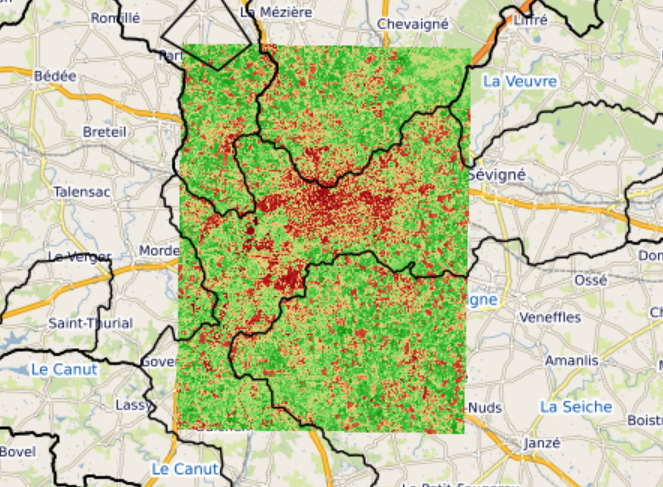
Superposition de la délimitation des Bassins Versants de Bretagne avec l'indice de végétation NDVI découpé sur la ville de Rennes. Les Bassins Versants de l'étude CSEB résume la localisation et la délimitation de l'ensemble des bassins versants présent en Bretagne. Cette donnée est disponible en libre service sur GéoBretagne. Le NDVI calculé sur Rennes est basé sur un image Sentinel-2 récupéré sur SentinelHub.
-
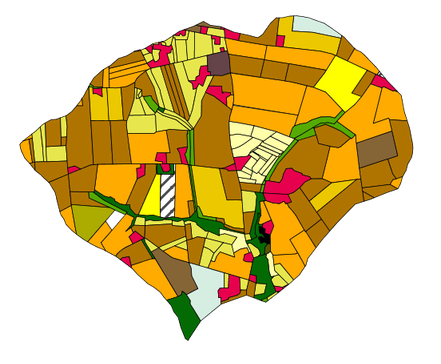
Carte des assolements du site d'étude INRA de Kervidy-Naizin. Les assolements concernent l'année 2013. Une seule culture est renseignée cette année. La couche vecteur a été crée à partir des observations de terrain réalisées au mois de juin par Lucie CARRERA, Rémi DUPAS et Guillaume HUMBERT.
-
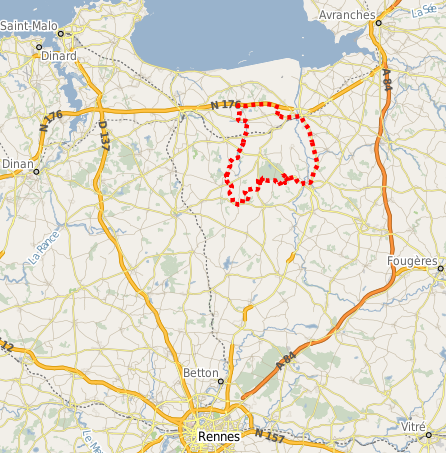
L’entité bocagère de la Zone Atelier Armorique (ZAAR) est située au niveau du canton de Pleine-Fougères (depuis 1993). La zone bocagère est caractérisée par un gradient paysager allant d’un bocage dense avec des parcelles petites bordées de haies à un bocage lâche. Les haies bordant les parcelles sont le plus souvent constituées d’arbres émondés en ragosses, de chênes avec parfois quelques châtaigniers émondés et des chênes en haut jet, mais aussi de cépées de châtaigniers. Depuis 2005, en raison de l’introduction de conditions de protection de l’environnement dans la Politique Agricole Commune, la plupart des cours d’eau sont bordés de bandes enherbées.
-
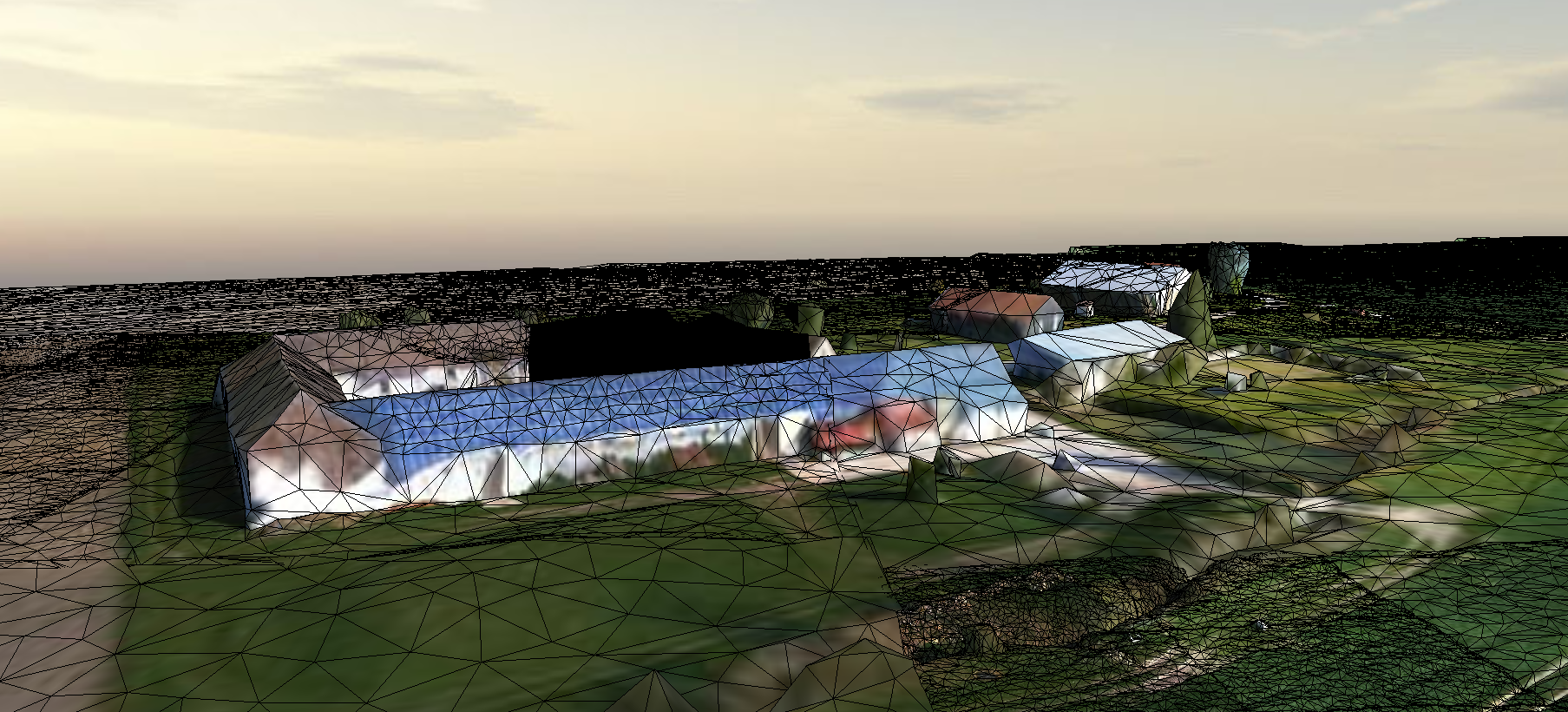
Survol d'une partie du Ru des Effervettes,en limite des communes de Nangis et Fontains, dans le département de la Seine et Marne. Les données ont été acquises par drone anafiet restituées en un maillaige tridimentionnel (mesh).
-

Service de visualisation cartographique (WMS) de Sols de Bretagne [GéoSAS]
-
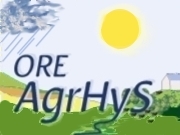
Service de visualisation cartographique (WMS) de l'Observatoire de Recherche en Environnement (ORE) AgrHys de l'INRA. GéoSAS, portail de l'information géographique de l'Unité Mixte de Recherche, Sol Agro et hydrosystèmes, Spatialisation. UMR 1069 SAS INRAE - L'Institut Agro Rennes-Angers
-
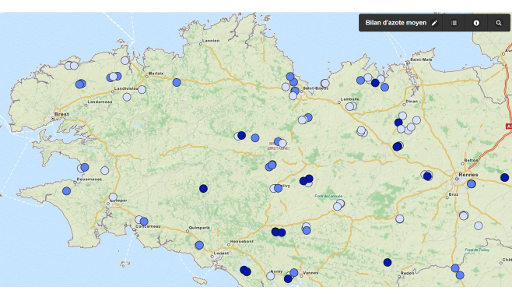
Le projet Mh est un projet de Recherche et Développement dont les objectifs sont (i) de hiérarchiser les déterminants de la minéralisation de l’azote des matières organiques humifiées du sol (MOS) (climat, sol, pratiques culturales), et (ii) d’améliorer in fine la prévision de la minéralisation de l’azote des MOS dans les outils de raisonnement de la fertilisation. Ce projet de recherche-développement s’inscrit dans le cadre de la reconquête de la qualité de l’eau en Bretagne, et il est financé par l’Agence de l’Eau Loire Bretagne (AELB), le Conseil Régional de Bretagne, les Conseils Généraux du Finistère, des Côtes d’Armor et du Morbihan et la DRAAF. La coordination du programme est assurée par l’AELB, sa maîtrise d’œuvre par la Chambre Régionale d’Agriculture de Bretagne (CRAB), et sa conduite scientifique par l’INRA UMR SAS. Le projet est fondé sur un réseau de 141 parcelles réparties sur l’ensemble de la Bretagne, et a été suivi pendant 5 ans, de 2010 à fin 2014. La minéralisation a été quantifiée par la mesure des composantes du bilan azoté d’une culture de maïs non fertilisée (rendement et N absorbé par la culture, quantités de N minéral du sol au printemps et à l’automne, lixiviation estimée par approche modèle (STICS)). Une importante base de données sur les sols a été constituée pour expliquer la variabilité de la minéralisation, avec des mesures physiques, chimiques, biologiques et en spectroscopie infra rouge.
-
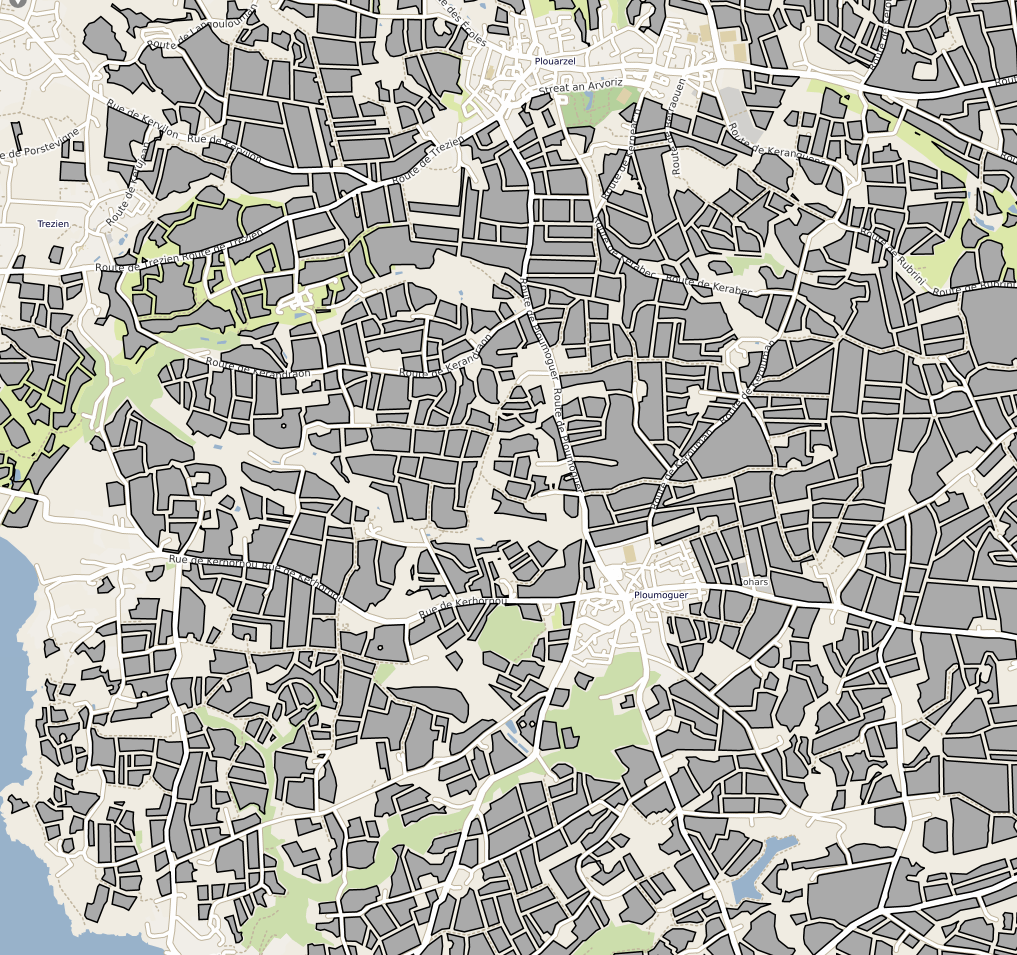
Parcelles cultivées résultant de la compilation des Référentiels Parcellaires Graphiques (RPG) de 2017 et 2019. La table attributaire contient un lien vers la série temporelle de l'humidité de surfacede la parcelle depuis 2017.
-
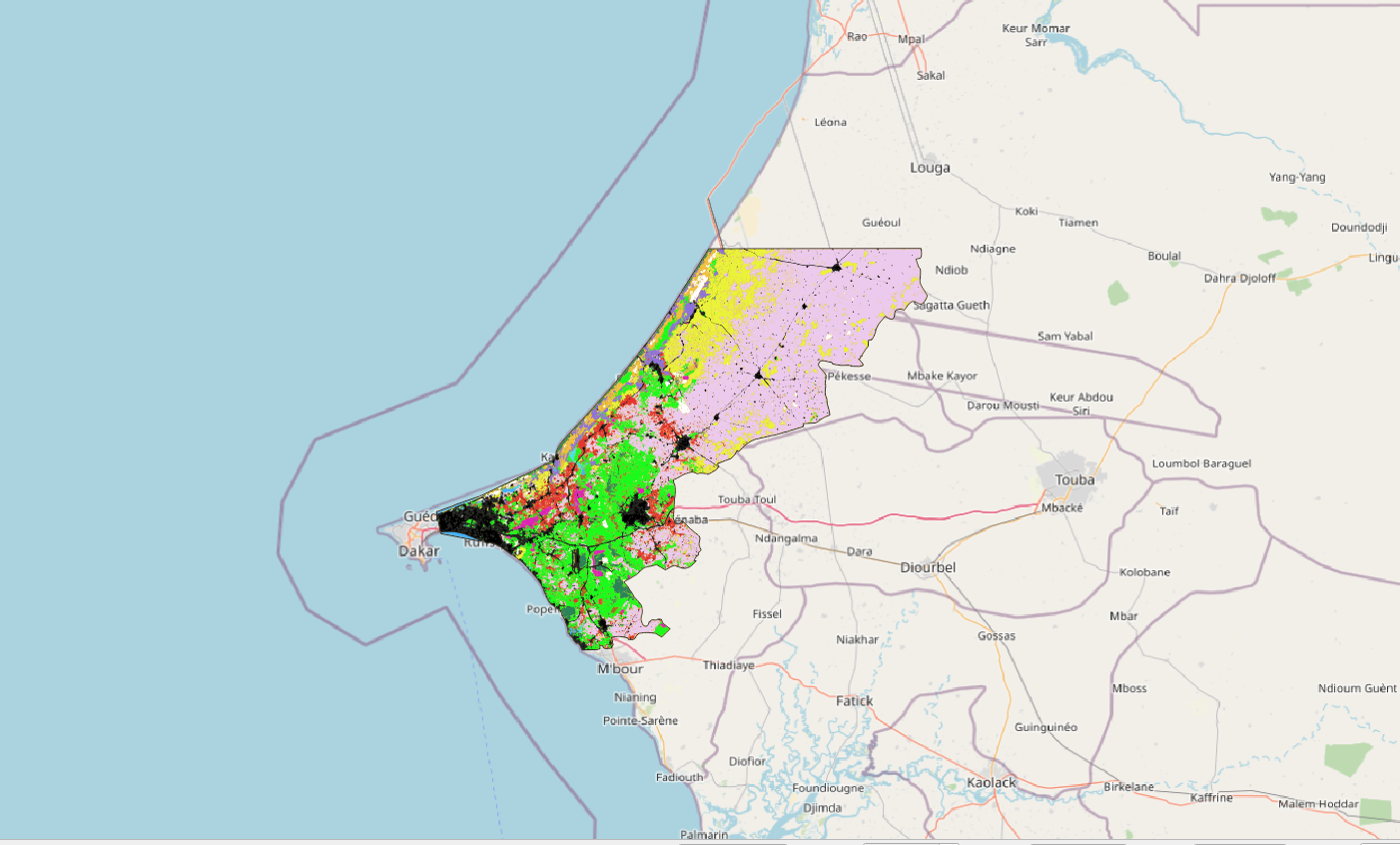
La zone d'étude se situe au nord ouest du Sénégal et s'étale sur 5 100km². Elle inclue la ville de Thiès et une partie de la ville de Dakar, et remonte jusqu'à Kébémer, aux portes du désert de Loumpoul. La carte d'occupation 2018 a été réalisée à partir d'une image à Très Haute Résolution Spatiale (THRS) à 1.5m Spot6 acquise le 15/10/2010 et une série temporelle d'images Sentinel2 (résolution 10m) acquises entre le 01/01/2018 et le 31/12/2018. Le traitement a été réalisé via la chaine de traitement Moringa développée dans l'UMR TETIS. La méthodologie s'appuie sur une Segmentation Orientée Objet de l'image THRS puis d'une classification de chaque polygone (algorithme Random Forest) s'appuyant sur l'image SPOT6, la série temporelle Sentinel2, le SRTM à 30m et de nombreux indices calculés à partir de ces images (NDVI, indices de texture, pente,...). L’algorithme a été entrainé via un jeu de données acquises sur le terrain complété de données obtenues par photo-interprétation. Des corrections manuelles par photo-interprétation ont été réalisées afin d'améliorer le résultat. La précision globale est de 93%. La classification contient 13 classes d'occupation du sol : culture irriguée hors bas-fond, culture irriguée de bas-fond, culture pluviale, plantation, dune sable - arbustes, eau, savane arbustive, savane herbacée, sol nu, sol inondable, sol faiblement végétalisé, végétation naturelle dense et zone urbaine.
-
Les cartographies des espaces bâtis sur la région Occitanie résultent d'une extraction automatique par méthode d'apprentissage profond (deep learning) à partir d'imagerie très haute résolution spatiale (1.5m) SPOT 6/7, pour les années 2015 à 2019. Fichiers fournis sous forme vectorielle. (2021-09-09)
 Catalogue GéoSAS
Catalogue GéoSAS